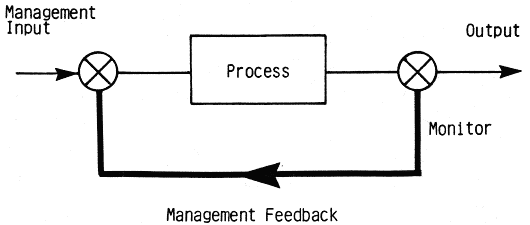Theories of Management - Contemporary management approaches - Chapter 1 - Part 8

D. Contemporary management approaches : Classical, Behavioral and scientific management approaches tend to focus more on the internal workings of organizations. The contributions of each school's of thought are still being applied today. However both researchers and practitioners are now giving more attention to interaction of the organizations with their external environment. The contemporary approaches to management include: 1. The Systems Theory 2. The Contingency Theory a. Contingency theory of management Contingency theorists argue that each organizational circumstance is unique and as a result management approaches should be selected and applied based on the specific situation at hand. The contingency theory therefore supports the view that "there is no one best way to manage" and emphasizes the use of any management approach - scientific, behavioral and quantitative - provided it is suited to the organizational sit
